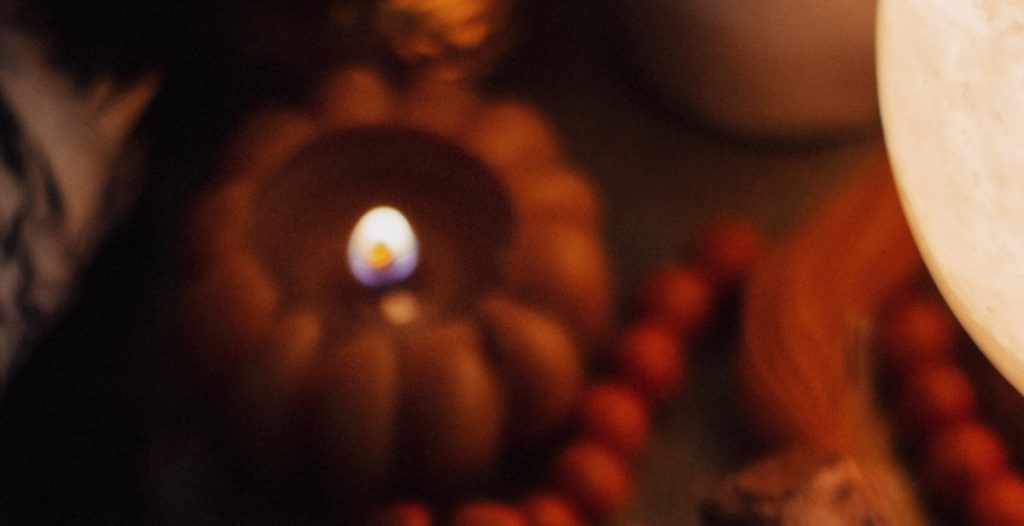Introduction: What is the Significance of the ‘Hallmark’ on a Piece of Jewellery?
Jewellery is one of the most cherished and valuable possessions that people own. From diamond rings to gold necklaces, jewellery has been an integral part of human culture for centuries. But have you ever noticed the small mark on your jewellery that looks like a tiny logo or symbol? This mark is called a ‘hallmark’ and it holds great significance in the world of jewellery.
A hallmark is a small mark or symbol that is stamped on a piece of jewellery to indicate its authenticity and purity. It serves as a guarantee that the metal used in the jewellery is of the specified quality and that it has been independently tested and verified by an official assay office.
What is a Hallmark?
A hallmark is a legal requirement in many countries, including the UK, to ensure that consumers are protected from fraudulent or counterfeit jewellery. The hallmark consists of a series of marks that provide information about the metal used in the jewellery piece, the manufacturer, and the year it was made.
The hallmarking process involves testing the metal to determine its purity and quality. Once the metal has been tested and verified, the hallmark is stamped onto the jewellery piece. The hallmark is usually located in a discreet area of the jewellery, such as the inside of a ring or on the clasp of a necklace.
- Gold is typically hallmarked with a number that indicates its purity, such as 18ct or 14ct.
- Silver is hallmarked with a symbol that represents the maker, the metal, and the year it was made.
- Platinum is hallmarked with a symbol that represents the purity of the metal and the maker.
Overall, the hallmark serves as a guarantee of quality and authenticity, providing consumers with peace of mind when purchasing jewellery. In the following sections, we will explore the history of hallmarks, the different types of hallmarks, and their significance in the world of jewellery.

The Significance of a Hallmark
The hallmark on a piece of jewellery is a small stamp or symbol that signifies the authenticity and purity of the metal used in its making. It is a mark of quality assurance that guarantees the value and investment of the piece.
Authenticity and Purity
A hallmark is proof that the metal used in the jewellery is genuine and of a certain purity. It assures the buyer that they are getting what they paid for and not a counterfeit product. The hallmark is a legal requirement in most countries, and it is the responsibility of the manufacturer to ensure that the jewellery meets the required standards before it is marked.
The hallmark usually includes the maker’s mark, the metal purity mark, and the assay office mark. The maker’s mark identifies the manufacturer, and the metal purity mark indicates the percentage of precious metal used in the jewellery. The assay office mark signifies that the jewellery has been tested and verified by an independent third-party assayer.
Quality Assurance
The hallmark is a mark of quality assurance that guarantees that the jewellery meets the required standards. It assures the buyer that the piece has undergone rigorous testing and meets the necessary criteria for quality and durability. The hallmark is a symbol of trust that gives the buyer confidence in the product they are purchasing.
The hallmark is also important for the manufacturer as it protects their reputation. If they produce substandard jewellery, it can damage their brand and lead to legal action. The hallmark is a way for manufacturers to demonstrate their commitment to quality and ensure that their products meet the required standards.
Value and Investment
The hallmark is a mark of value and investment as it guarantees the authenticity, purity, and quality of the jewellery. A piece of jewellery with a hallmark is worth more than a similar piece without a hallmark as it gives the buyer confidence in the product’s quality and authenticity.
The hallmark also ensures that the jewellery retains its value over time. As the metal used in the jewellery is of a certain purity, it is easier to assess its worth and value. If the jewellery is sold or passed down through generations, the hallmark ensures that the piece retains its value and authenticity.
- In conclusion, the hallmark on a piece of jewellery is a mark of authenticity, purity, quality assurance, value, and investment.
- It assures the buyer that they are getting what they paid for and not a counterfeit product.
- The hallmark is a legal requirement in most countries, and it is the responsibility of the manufacturer to ensure that the jewellery meets the required standards before it is marked.
- The hallmark is also important for the manufacturer as it protects their reputation and demonstrates their commitment to quality.
- A piece of jewellery with a hallmark is worth more than a similar piece without a hallmark as it gives the buyer confidence in the product’s quality and authenticity.

Types of Hallmarks
When it comes to buying jewellery, it is important to know what to look for to ensure that you are getting a quality piece that will last. One of the most important things to look for is the hallmark, which is a mark of quality and authenticity that is stamped on the piece. There are four main types of hallmarks that you should be aware of:
Maker’s Mark
The maker’s mark is a stamp that identifies the maker or manufacturer of the jewellery. This mark is unique to each maker and can be used to trace the piece back to its origin. The maker’s mark is usually a combination of letters, numbers, and symbols that are unique to the maker.
Purity Mark
The purity mark, also known as the fineness mark, indicates the purity of the metal used to make the piece. This mark tells you how much of the metal is pure and how much is alloyed with other metals. For example, a mark of 925 indicates that the piece is made of 92.5% pure silver and 7.5% other metals.
Assay Office Mark
The assay office mark is a stamp that indicates that the piece has been tested and approved by an assay office. Assay offices are independent organizations that test and verify the quality of precious metals. The assay office mark is usually a symbol or letters that represent the city where the assay office is located.
Date Letter
The date letter is a stamp that indicates the year in which the piece was made. This mark is important because it can help you determine the age of the piece. The date letter is usually a letter of the alphabet that corresponds to a specific year, with a new letter being used each year.
By knowing what to look for in a hallmark, you can ensure that you are getting a quality piece of jewellery that will last for years to come.

Hallmarking Process
The hallmarking process is a series of steps that ensure the authenticity and quality of a piece of jewellery. Here is a breakdown of the hallmarking process:
Step 1: Preparation
The first step in the hallmarking process is preparation. The jeweller prepares the piece of jewellery by cleaning it thoroughly to remove any dirt or debris that may affect the testing process. The jeweller also ensures that the piece of jewellery is made of the correct metal and that it meets the required standards for hallmarking.
Step 2: Testing
Once the piece of jewellery is prepared, it is then tested to determine its metal content. This is done using a variety of methods, including chemical analysis, X-ray fluorescence, and fire assay. The testing process is crucial, as it determines whether the piece of jewellery meets the required standards for hallmarking.
Step 3: Marking
If the piece of jewellery passes the testing process, it is then marked with a hallmark. The hallmark is a series of marks that indicate the metal content, the maker, and the year of manufacture. The hallmark is applied to the piece of jewellery using a stamp or laser engraving.
The hallmark is an important aspect of the jewellery, as it provides assurance to the buyer that the piece of jewellery is authentic and meets the required standards for quality and purity.
Step 4: Record Keeping
Once the hallmark is applied, the jeweller is required to keep a record of the hallmarking process. This includes the date of hallmarking, the metal content of the piece of jewellery, and the maker’s mark. The record keeping process is important, as it allows for traceability of the piece of jewellery and ensures that the hallmarking process has been carried out correctly.
In conclusion, the hallmarking process is a crucial aspect of the jewellery industry. It ensures that the piece of jewellery is authentic and meets the required standards for quality and purity. By following the hallmarking process, jewellers can provide assurance to buyers that the piece of jewellery they are purchasing is of high quality and will last for years to come.

Conclusion
In conclusion, the hallmark on a piece of jewellery is a crucial aspect that should not be overlooked. It provides valuable information about the quality, authenticity, and origin of the piece. Understanding the significance of hallmarks can help you make informed decisions when buying or selling jewellery.
Importance of Hallmarks in Jewellery
Firstly, hallmarks provide information about the metal used in making the jewellery. This is important because different metals have varying levels of purity and durability. For example, a piece of jewellery made from 18-karat gold is more valuable than one made from 14-karat gold. Hallmarks also indicate the country of origin, which is important for determining the value and authenticity of the piece.
Secondly, hallmarks can help you identify counterfeit jewellery. Counterfeiters often try to pass off fake jewellery as genuine, but a hallmark can reveal the truth. For example, a piece of jewellery with a hallmark indicating that it was made in Italy but is being sold as a French piece is likely to be a counterfeit.
Finally, hallmarks can be useful for insurance purposes. If your jewellery is lost or stolen, having a hallmark can help you prove its value and authenticity, which can be crucial in getting a fair settlement from your insurance company.

